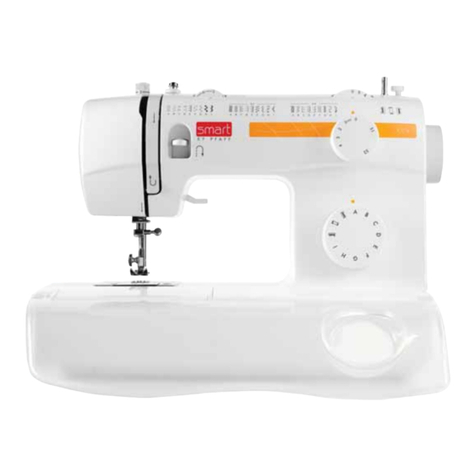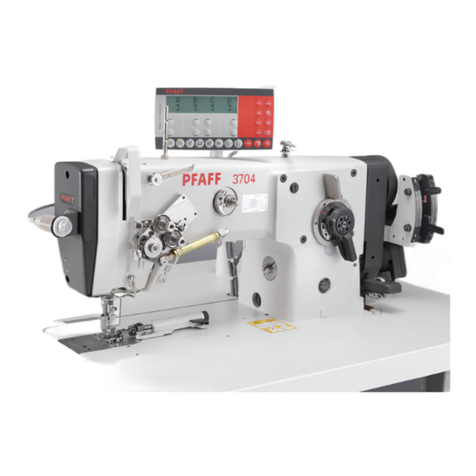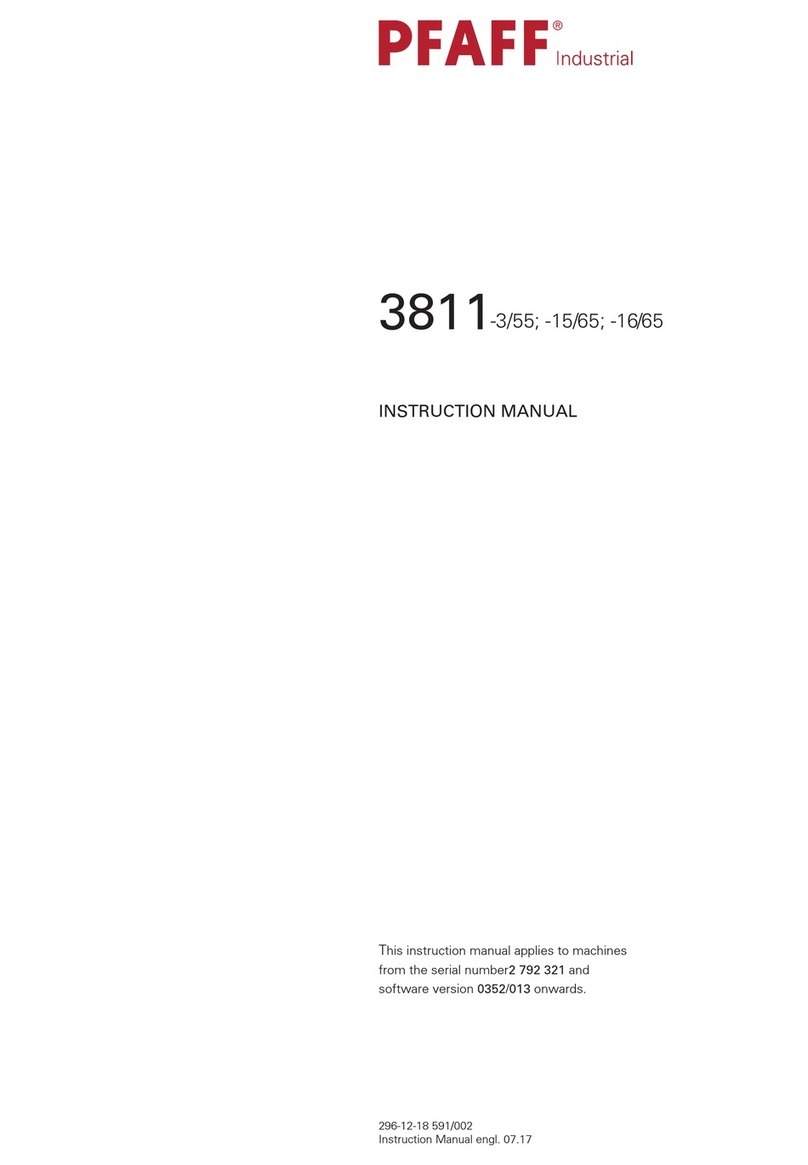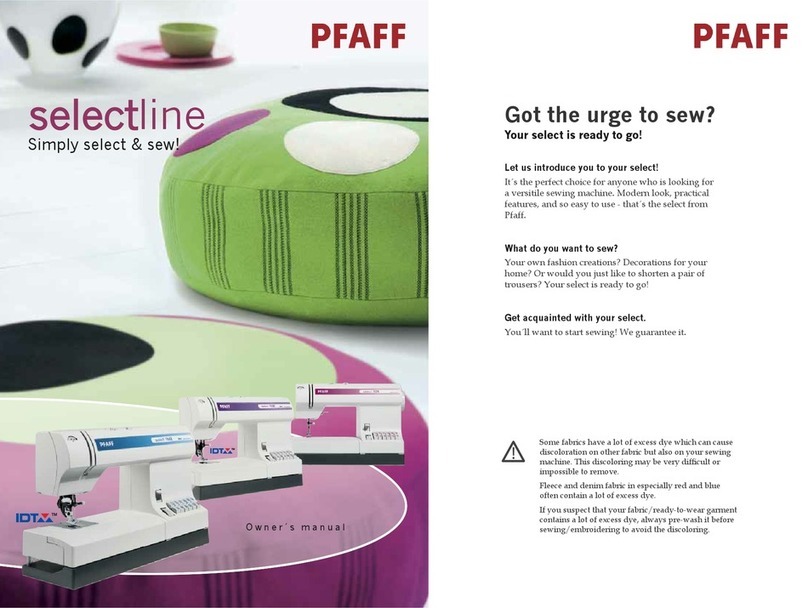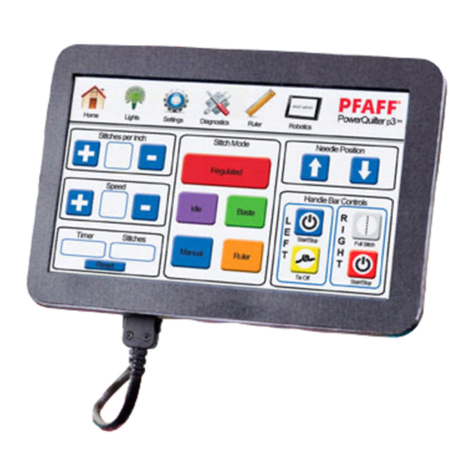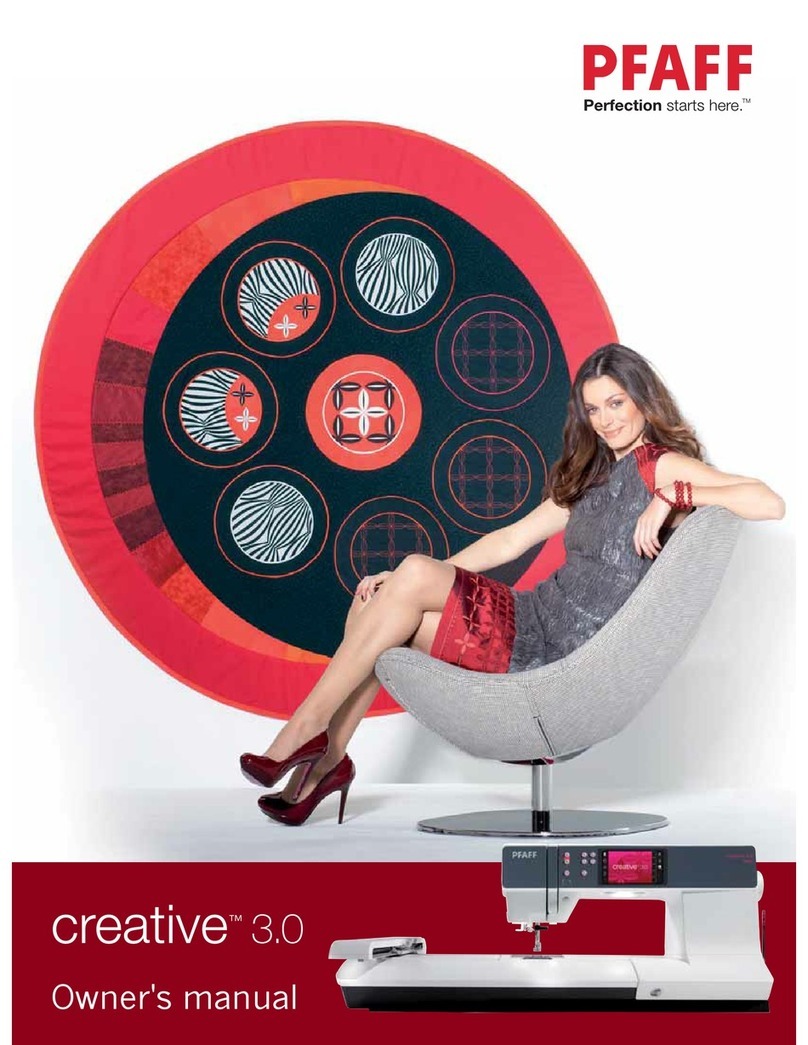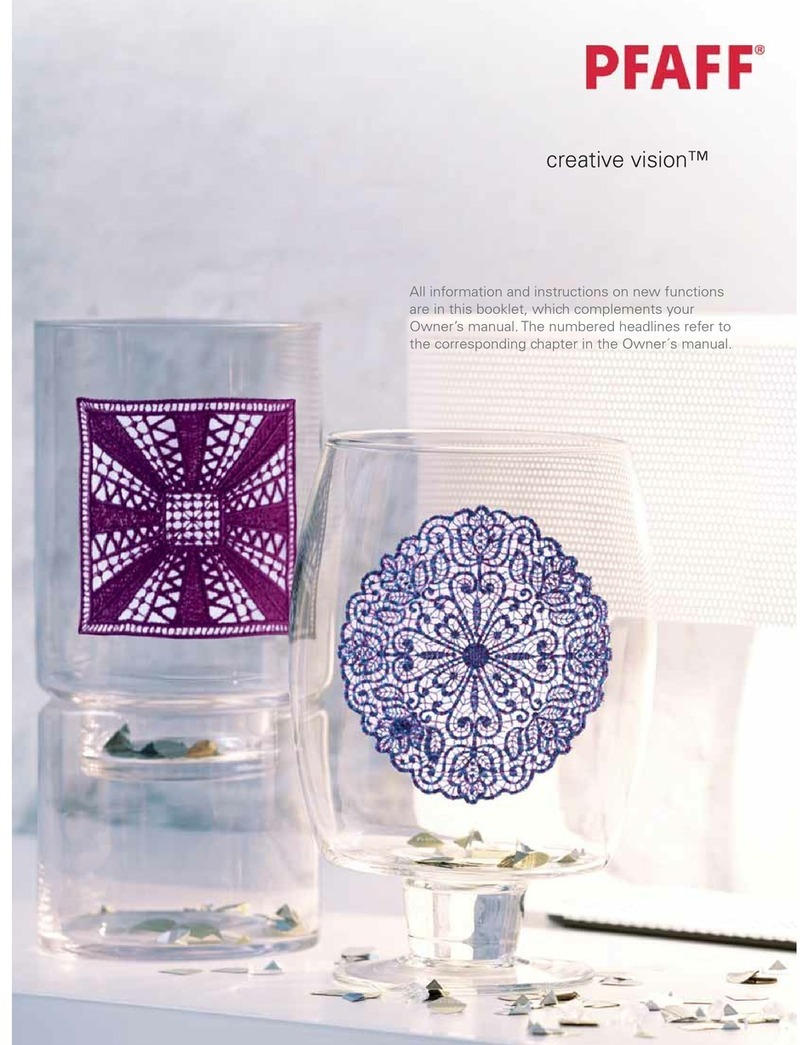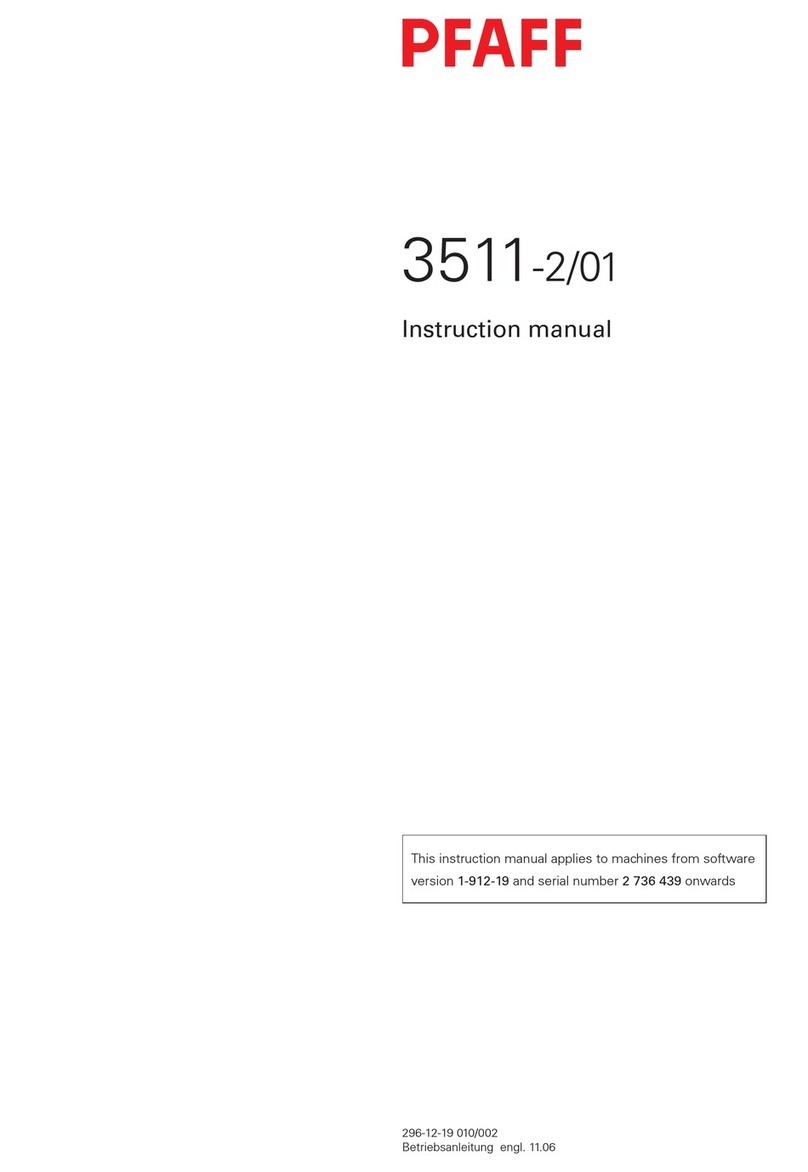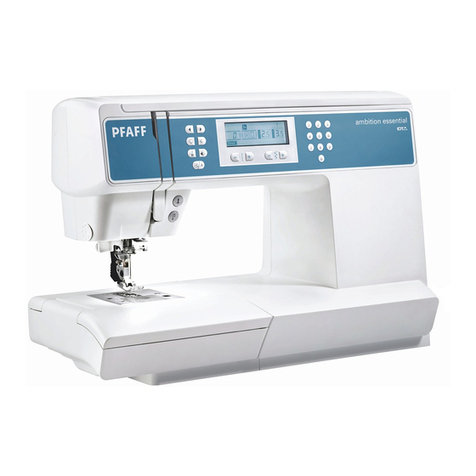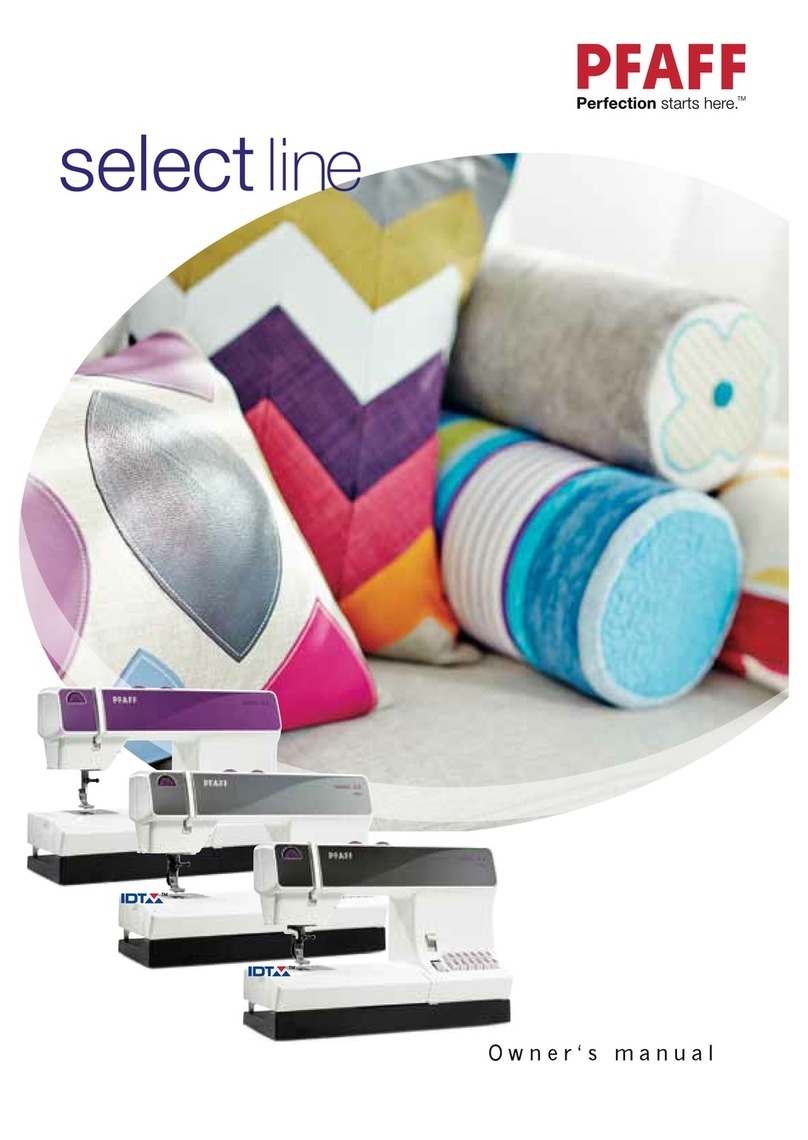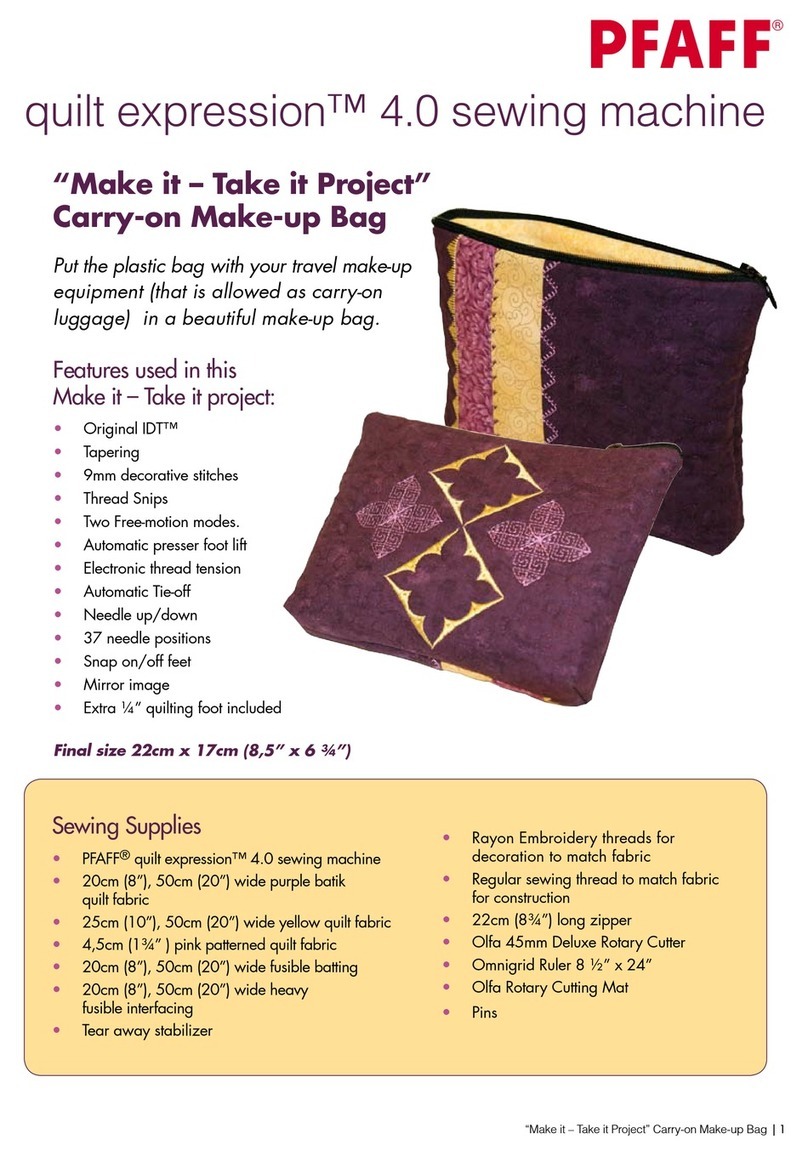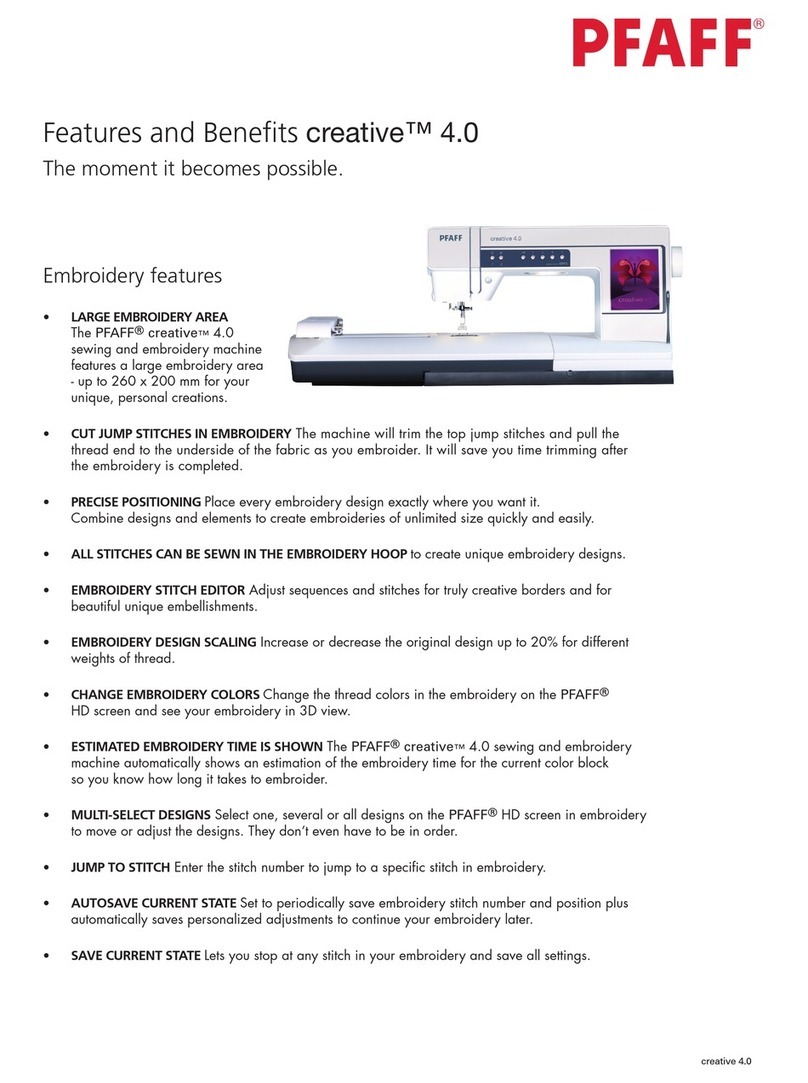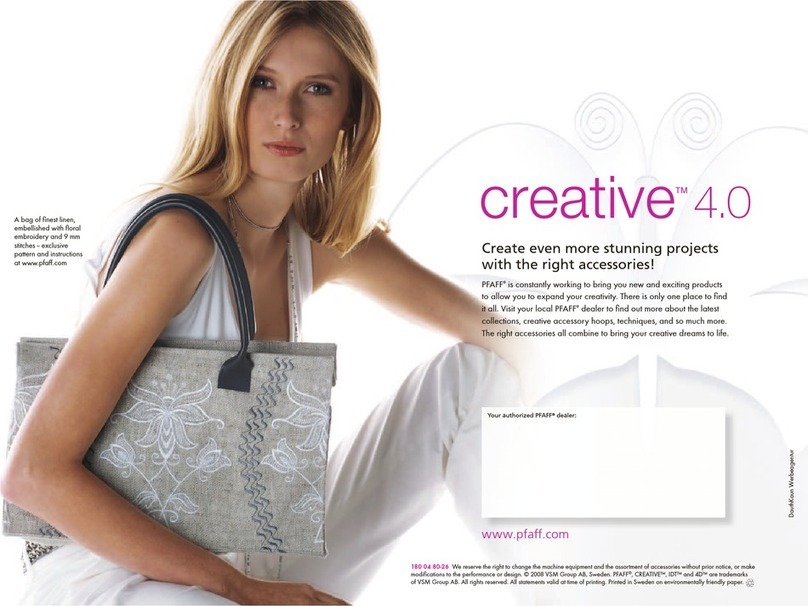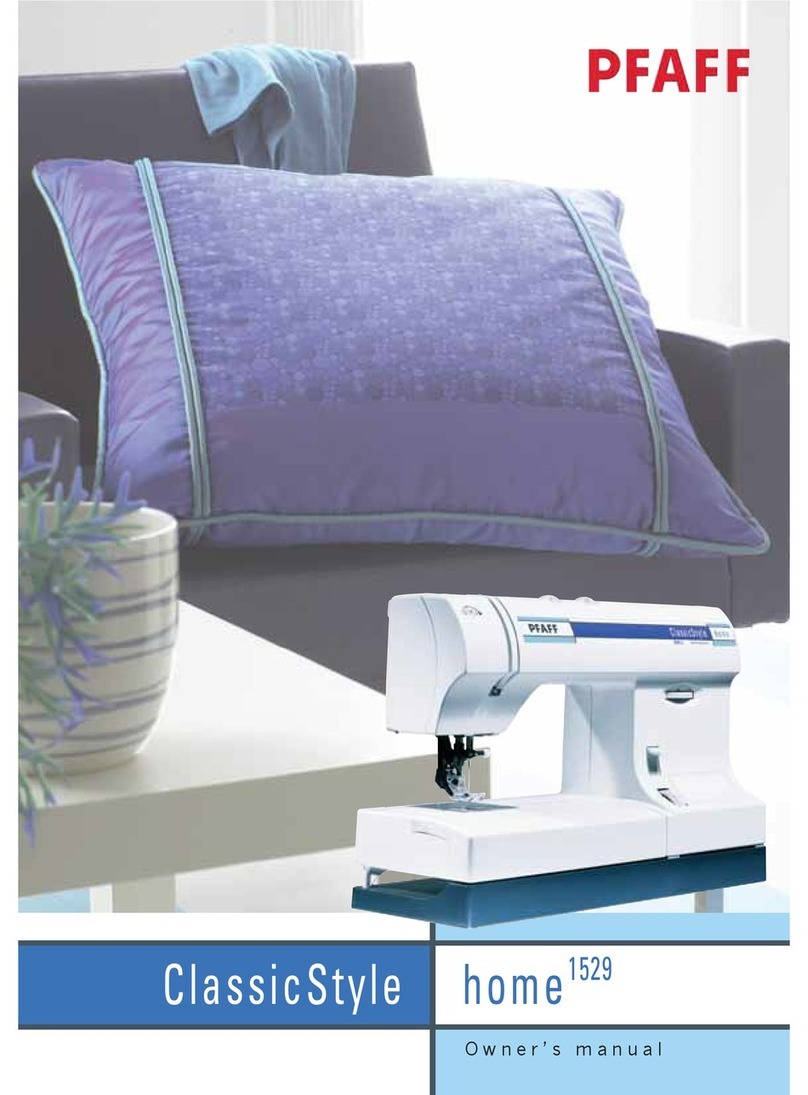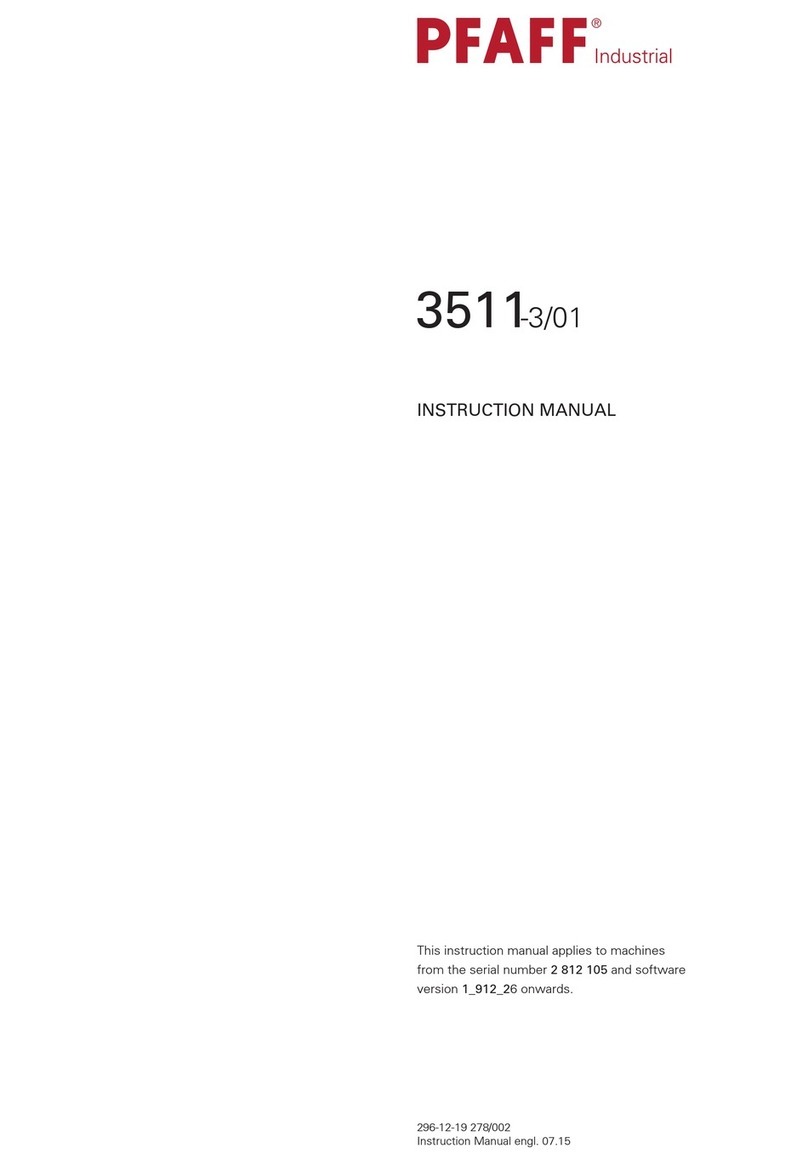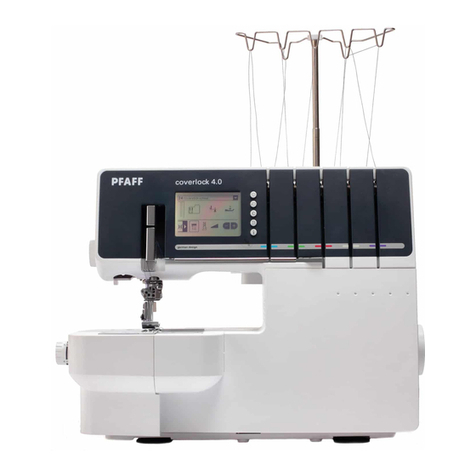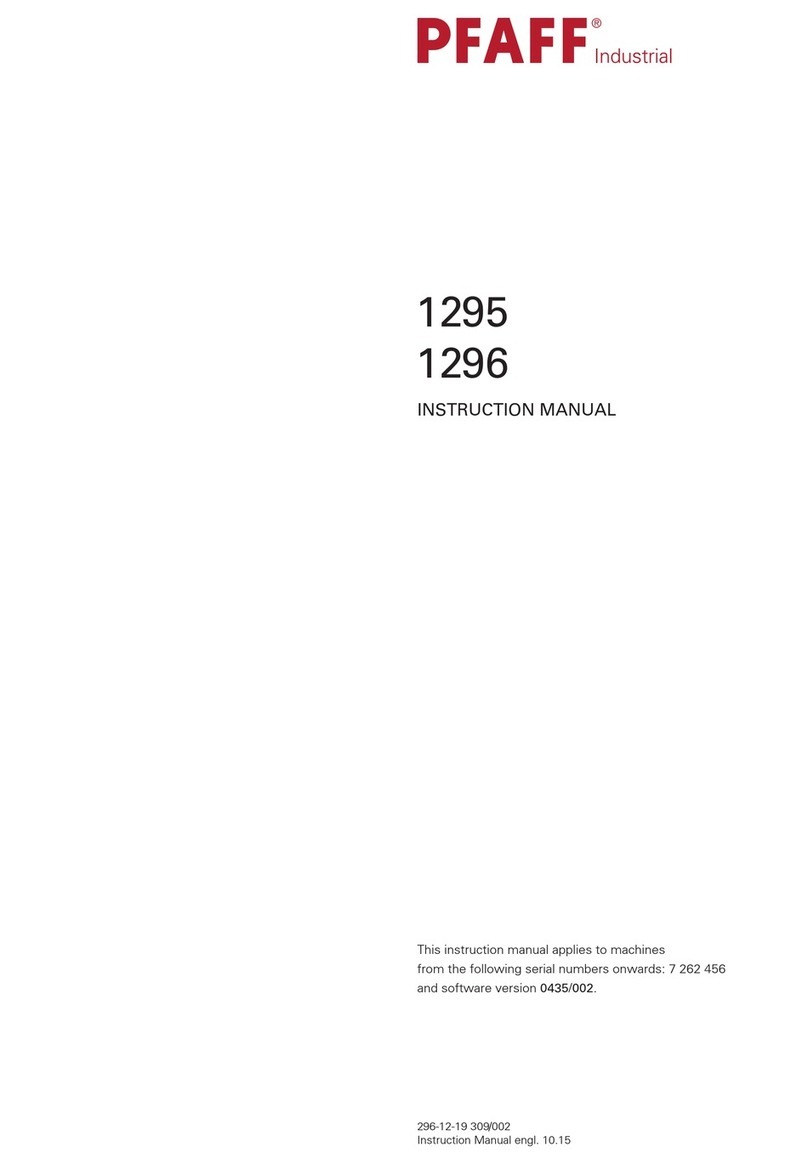
Index
Contents ..................................................................................Page
1Safety .................................................................................................................................... 5
1.01 Regulations ............................................................................................................................ 5
1.02 General notes on safety......................................................................................................... 5
1.03 Safety symbols ...................................................................................................................... 6
1.04 Important notes for the user.................................................................................................. 6
1.05 Notes for operating and technical staff .................................................................................. 7
1.05.01 Operating staff ....................................................................................................................... 7
1.05.02 Technical staff ........................................................................................................................ 7
1.06 Danger warnings.................................................................................................................... 8
2Proper use............................................................................................................................. 9
3Specifications ..................................................................................................................... 10
3.01 PFAFF 5489.......................................................................................................................... 10
3.02 Models and work aids ......................................................................................................... 10
4Disposal of Machine ...........................................................................................................11
5Transportation, packing and storage................................................................................ 12
5.01 Transportation to customer‘s premises ............................................................................... 12
5.02 Transportation inside the customer‘s premises................................................................... 12
5.03 Disposal of packing materials ..............................................................................................12
5.04 Storage ................................................................................................................................ 12
6Explanation of symbols..................................................................................................... 13
7Controls .............................................................................................................................. 14
7.01 Main switch ......................................................................................................................... 14
7.02 Pedal .................................................................................................................................... 14
7.03 Keys on the machine head................................................................................................... 15
7.04 Raising the presser foot....................................................................................................... 15
7.05 Thread tension release lever................................................................................................ 16
7.06 Reverse feed lever ............................................................................................................... 16
7.07 Stitch length and Differential feed levers ............................................................................. 17
7.08 Control panel........................................................................................................................ 17
7.09 Puller (-948/26)..................................................................................................................... 17
8Installation and commissioning ....................................................................................... 18
8.01 Installation............................................................................................................................ 18
8.01.01 Adjusting the table-top height.............................................................................................. 18
8.01.02 Assembling the motor P40 ED ............................................................................................ 19
8.01.03 Tightening the V-belt ............................................................................................................ 19
8.01.04 Mounting the bottom V-belt guard ....................................................................................... 20
